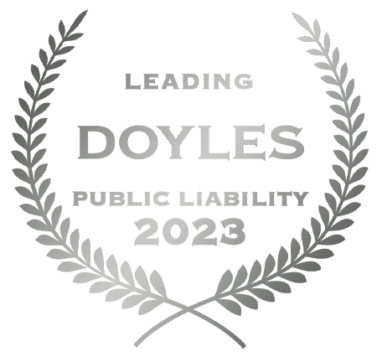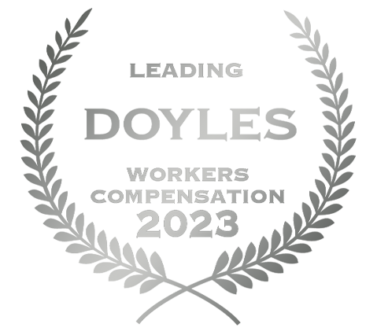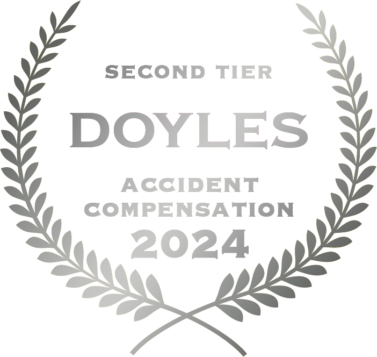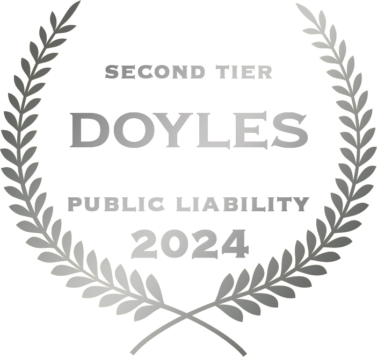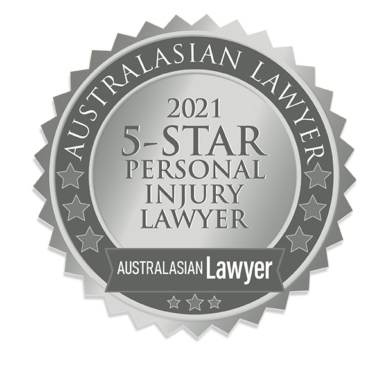
Car Accident Compensation for Pain and Suffering.
What is car accident compensation for pain and suffering, and who can claim?
If you’ve been in a car accident, you’ll know that the impact on your life can extend well beyond your physical injuries. Car accident compensation for pain and suffering is a lump sum that’s awarded to you to compensate you for the harmful impact of your injury, both mentally and physically. It’s also referred to as general damages or non-economic loss.
These lump sums can be substantial, but not everyone who’s injured in a car accident in NSW is entitled to claim pain and suffering. In this article we explain:
- Who can claim pain and suffering
- How a lot of people risk missing out on pain and suffering payments they’re entitled to
- How to get free legal help with your pain and suffering lump sum claim
Can I claim car accident compensation for pain and suffering in NSW?
If you’ve been injured in a motor accident in NSW, you can claim a lump sum for pain and suffering if:
- You weren’t at fault in the accident
- Your injuries are assessed as being ‘above threshold’
- Your permanent impairment* is assessed as being more than 10%
You can also claim an additional lump sum for past and future loss of wages. You can claim this lump sum even if your permanent impairment is less than 10%.
It’s important to note that even if you’ve been assessed as having threshold (minor) injuries, there are situations when you might be able to have that assessment changed and claim a pain and suffering lump sum – read on to find out how.
*Permanent impairment is a scale that’s used to measure the permanent damage your accident has caused (physically and mentally).
How much do you get for pain and suffering in a car accident in NSW?
If you’re eligible for pain and suffering, the amount you receive will be based on how your injuries are affecting your life, and the maximum payable is $595,000.
Car accident compensation for pain and suffering payout amounts can be substantial. The NSW CTP scheme has paid out $232 million* in pain and suffering lump sums in the 12 months to March 2023, and a further $317 million* in economic loss lump sums (past and future loss of wages).
For an estimate of your car accident injury entitlements, you can use this compensation payout calculator.
*According to SIRA Open Data, March 2023.
Call 13 15 15 or chat to us now for free advice
Chat nowFind out how much you can claim.
Get startedHow do I claim pain and suffering for my car accident injury?
If you’ve been injured in a car accident, you may have already made a claim for personal injury benefits, which provides you with payments to cover lost income, treatment and care expenses. However, you’ll need to submit a separate application for your pain and suffering lump sum. The form you submit for a lump sum claim is the same form you would submit to claim past and future loss of wages, so you’re effectively applying for both of these lump sums at once.
Here’s the claim process:
- Check your eligibility – (i.e.) that you weren’t at fault and your injuries have been assessed as above threshold.
- Check the timeframe – if your injuries are above threshold but less than 10% permanent impairment, then you can only lodge a lump sum claim for past and future loss of wages 20 months after the date of the accident.
- If your injuries are above 10% permanent impairment then you can claim your additional lump sum for pain and suffering at any time up to three years after the date of the accident.
Lump sum claims are complex, but the payout amounts can be substantial, so it’s strongly advised that you get legal advice before you lodge a lump sum claim. You can call our free advice line on 13 15 15 and one of our specialist CTP lawyers will assist you over the phone. Or, read our CTP Claims Guide.
What are threshold injuries, and how does this affect my pain and suffering claim?
When you’re injured in a car accident and you make an application for personal injury benefits or lump sums (including car accident compensation for pain and suffering), you’ll need to get your injuries assessed by a doctor.
This assessment is used to classify your injuries as threshold (minor) or above threshold, and you can only claim pain and suffering compensation if your injuries are above threshold. So it’s important to understand the definition of threshold injuries.
- Threshold physical injuries are soft-tissue or muscle injuries, like a muscle strain or a sore back. The most common soft tissue injury after a crash is whiplash, which often results in neck pain.
- Threshold psychological or psychiatric injuries are psychological or psychiatric injuries that are not a recognised psychiatric illness.
- Above-threshold physical injuries are more serious injuries like fractures or injuries that affect your organs. They also include nerve injuries, injuries that require surgery, brain injuries and scarring.
- Above-threshold psychological or psychiatric injuries include diagnosed psychological or psychiatric illnesses such as depression or post-traumatic stress disorder (PTSD), as well as a range of others.
If your injury assessment doesn’t account for all your injuries, including psychological injuries, you may be incorrectly assessed as having threshold injuries. This would mean you can’t claim a pain and suffering lump sum that you should be entitled to.
My injuries were assessed as threshold (minor) injuries – how can I claim pain and suffering?
We’ve established that you can only claim car accident compensation for pain and suffering if your injuries have been assessed as above threshold. However, if you’ve been assessed as having threshold injuries, here are four situations that might change your assessment to above threshold and allow you to claim pain and suffering:
- Your injuries were incorrectly assessed as being threshold injuries, and should have been assessed as above threshold.
- One or more physical or psychological injuries were overlooked and not noted on your assessment, and you would have been assessed as above threshold if they had been noted.
- Your injuries have worsened over time and would now be classified as above threshold.
- Since your assessment, you have developed a psychological injury because of your accident that classifies as above threshold.
Many people risk missing out on car accident compensation for pain and suffering as their injuries have been assessed as being threshold injuries, even though they fall into one of these four categories.
Call 13 15 15 or chat to us now for free advice
Chat nowFind out how much you can claim.
Get startedHow can I get help with my pain and suffering lump sum claim in NSW?
When you claim car accident compensation for pain and suffering it’s very likely you’ll get a better result with a motor vehicle accident lawyer on your side, and you might be able to get your legal fees paid by the CTP insurer of the at-fault vehicle.
For lump sum (common law) claims in NSW, there’s a schedule of fixed fees a solicitor can be paid to assist you for claims up to $75,000.
- These fees are paid by the insurer.
- If your settlement amount is greater than $75,000, then the solicitor can charge an amount set by them, with your agreement.
- This agreement is known as a “costs agreement”, and only applies to the amount they charge for your claim over the $75,000 threshold.
- The fixed fees still apply to the work they do for the first $75,000 of your claim and are still paid by the insurer.
Law Partners is Australia’s largest specialist personal injury firm, with a number of solicitors who specialise in CTP claims. We have specialist lawyers based in Sydney ready to help. We’ve helped many of our clients claim car accident compensation for pain and suffering, and we win over 99% of our cases.

Tanja Maksimovic
Managing Solicitor
An accredited specialist in personal injury law, backed by over 10 years’ experience in assisting injured Australians receive everything they’re entitled to with their motor accident claim.
Related articles.
Do I have a case?
Our senior lawyers will assess your case for free.



